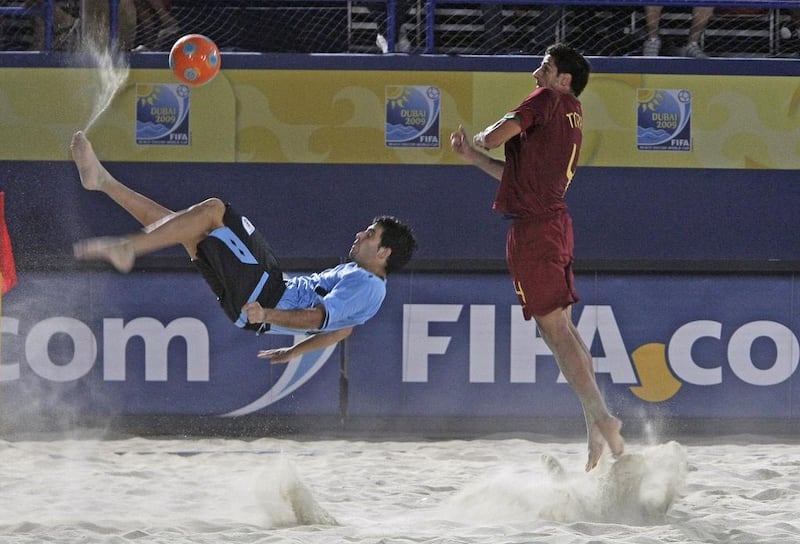Though beach soccer has been played around the world in different formats for many years, it was not until 1992 that moves were made to organise and regulate the game. That year the Laws of the Game were written up by Beach Soccer Worldwide and a tournament held in Los Angeles.
A year later, in Miami, the US, Argentina, Brazil and Italy took part in a first professional beach soccer competition. By 1995, the sport was flourishing enough for the first World Championships to take place, fittingly enough at the spiritual home of the sport, the Copacabana beach in Rio de Janeiro.
The success of that tournament (won by Brazil, the first of their 13 world titles) led to the creation of a beach soccer tour, first the Pro Beach tour and then, in 1998, the European Pro Beach Soccer League. In just a few years, the game had become completely professional and was able to offer players prosperous, full-time careers.
By 2005, 20 countries were taking part in the league and more than 70 countries offered to host events. That year also saw the biggest step occur when beach soccer became a part of Fifa and the new world cup was born.
In 2008, in a bid to increase the sport’s popularity, Fifa took the tournament outside Brazil for the first time, to Marseille in southern France.
In 2009 the tournament was held in Dubai but it was also decided that year that the World Cup would be held every two years. Since 2005 the tournament has become far more like the conventional World Cup, where teams have to qualify and now 16 teams make it through to the World Cup finals.
osamiuddin@thenational.ae





